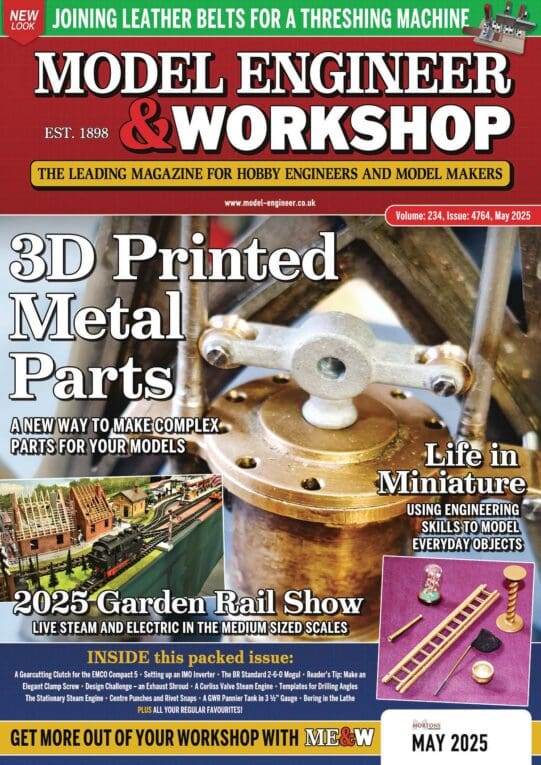On my Rapidor saw, as with most crank driven ones, its due to the relative angles of crank and saw bow motion combined with damping action form the oil filled dashpot.
Quote from the Rapidor sales literature:-
“Automatic Lift.
The Sawblade is lifted automatically on the return stroke by means of a simple oil dashpot in conjunctionwith the angular setting of the saw.”
Because the crank is below the saw bow guides there is an upward lifting force generated on the, backwards, return stroke offsetting the weight of the bow and guides causing it to lift. The oil in the dashpot supports enough of the weight to allow the smaller geometric force to lift the blade just clear of the cut. If the dashpot is empty or the bleed maladjusted the blade won’t lift properly. Adding weight to get more work out of a blunt blade also destroys the lift action.
On the forwards cutting stroke the crank generates a downwards force pulling the blade into the cut. The dashpot adjuster needs to be set to sufficiently dampen the pull down force so the blade cuts but isn’t pushing down too hard. In practice the adjustment isn’t that critical. Somewhere near does well enough but if you have lots of things the same size to cut a bit of optimisation makes things go less slowly.
No one in their right mind ever called a Rapidor fast. Effective, durable, a bit crude but long lived and hard to break. Yep. Fast. Nope wrong door.
I’ll bet that the percentage of Rapidors that ever had thier dashpots properly adjusted is vanishingly small.
With all crank driven saws its important the the crank rotates in the correct direction depending on whether the cut is on the forward or reverse stroke if the blade lift action is to work correctly. Basic rule is that the cut direction is towards the fixed jaw of the vice.
Clive
 Nicholas Farr.
Nicholas Farr.






